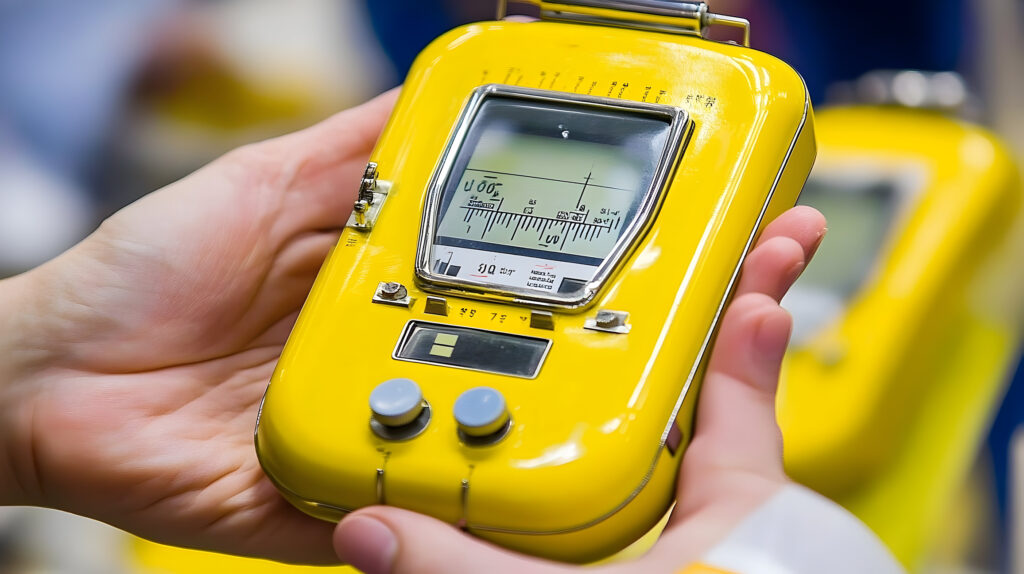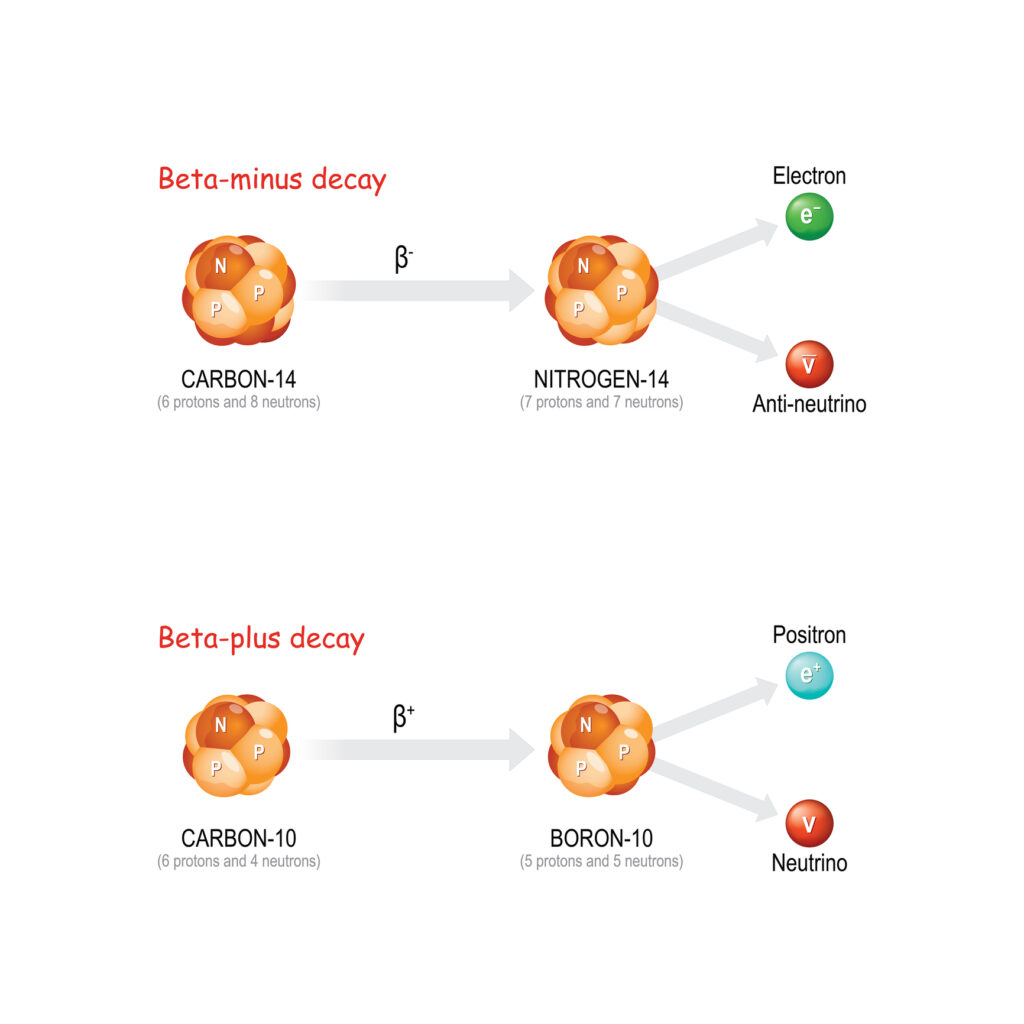Summary: The integration of computational modelling, artificial intelligence, and advanced simulation methodologies is reshaping the field of medical physics. These tools are enabling a new era of precision medicine, where diagnostic imaging, treatment planning, and patient-specific healthcare strategies are informed by powerful computational and AI-driven systems. From AI-accelerated Monte Carlo simulations that deliver highly accurate radiation dose calculations, to machine learning algorithms that automate radiotherapy workflows, and from deep learning-based image reconstruction to digital twins that replicate individual patient physiology, the discipline is moving towards a future defined by speed, accuracy, and personalisation. This article examines the scientific principles, clinical applications, and ethical implications of these advances, offering an in-depth look at how computational modelling and AI are redefining the boundaries of modern healthcare.
Keywords: computational modelling, Monte Carlo simulations, AI-driven image reconstruction, automated treatment planning, digital twins, personalised healthcare.
The Growing Role of Computational Modelling in Medical Physics
Medical physics has always relied on quantitative approaches to understand the interaction of radiation, electromagnetic fields, and mechanical forces with the human body. Over the last two decades, computational modelling has evolved from a supporting role into a central pillar of research and clinical practice. The ability to mathematically model and simulate complex processes means that hypotheses can be tested, systems can be optimised, and patient treatments can be refined without the constraints of physical experimentation.
In diagnostic imaging, computational models are used to simulate the behaviour of X-rays in computed tomography or radiofrequency pulses in magnetic resonance imaging. This enables optimisation of scan parameters to achieve better contrast and resolution while reducing patient exposure. In radiotherapy, computational dosimetry models allow accurate predictions of dose distribution, which are essential for effective cancer treatment.
The emergence of AI has dramatically enhanced these capabilities. Where classical computational modelling relies on deterministic equations and physical assumptions, AI brings adaptive learning, allowing models to be trained directly on empirical data. This combination creates hybrid approaches in which physical modelling provides accuracy and interpretability, while AI contributes adaptability and speed.
The benefits extend to both research and clinical workflows. In research, computational models allow scientists to explore novel treatment techniques virtually before moving to physical prototypes or trials. Clinically, they help reduce uncertainty in patient outcomes, improving the reliability of treatment protocols.
Monte Carlo Simulations: From Research to Clinical Application
Monte Carlo simulations are widely recognised as the gold standard for modelling particle transport in matter. They achieve their remarkable accuracy by simulating the trajectories of millions or billions of individual particles, tracking their interactions with atoms and molecules in precise detail. This is especially relevant in medical physics, where understanding the precise distribution of radiation within the body is crucial for both diagnosis and treatment.
Historically, the primary limitation of Monte Carlo simulations has been their computational cost. High-fidelity simulations could take hours or even days to complete, making them impractical for real-time clinical decision-making. The advent of high-performance computing, graphics processing units, and now AI-driven surrogate models has changed this landscape. Neural networks trained on extensive Monte Carlo datasets can predict dose distributions orders of magnitude faster than conventional simulations, enabling their use in adaptive radiotherapy and intraoperative planning.
For example, in proton therapy, where the precise positioning of the Bragg peak determines the success of the treatment, AI-accelerated Monte Carlo algorithms can provide near-instantaneous feedback on beam parameters, allowing clinicians to adjust in real-time. Similarly, in diagnostic nuclear medicine, these simulations can improve the quantification of positron emission tomography images by accounting for complex scattering and attenuation effects.
Monte Carlo simulations are also indispensable in brachytherapy, where radioactive sources are placed inside or next to the treatment area. The complexity of dose distribution in such a setting, especially when dealing with irregular tissue geometries and heterogeneous densities, benefits significantly from the detailed accuracy that Monte Carlo modelling provides.
AI-Driven Image Reconstruction and Enhancement
Medical imaging technologies produce raw data that must be reconstructed into interpretable images. Traditional reconstruction algorithms, such as filtered back projection in CT or Fourier transformation in MRI, work well under ideal conditions but struggle with noisy, incomplete, or undersampled data. AI-driven reconstruction methods address these limitations by learning direct mappings from raw sensor data to high-quality images.
Deep learning architectures, including convolutional neural networks and generative adversarial networks, are capable of producing diagnostically reliable images from datasets acquired at lower doses or shorter scan times. In CT imaging, this translates to reduced patient radiation exposure without compromising diagnostic quality. In MRI, AI-driven reconstruction can significantly reduce acquisition times, thereby reducing patient discomfort and improving throughput.
Enhancement techniques are equally transformative. AI super-resolution methods can recover fine anatomical details that are otherwise lost due to the resolution limits of the imaging modality. This is particularly valuable in neuroimaging, where subtle structural abnormalities can have significant clinical implications. Importantly, these AI models are trained and validated against high-quality reference images to ensure that the enhancement process does not introduce misleading artefacts that could compromise clinical interpretation.
In positron emission tomography, AI-based reconstruction methods can improve signal-to-noise ratios and enhance lesion detectability, which is crucial for early cancer detection. Similarly, in ultrasound imaging, AI enhancement algorithms can help reduce speckle noise and improve boundary definition, thereby aiding in more accurate measurements and diagnoses.
Machine Learning and the Automation of Treatment Planning
Radiotherapy treatment planning is a multi-step process involving image segmentation, target volume definition, beam configuration, dose calculation, and optimisation. Traditionally, these steps have required significant manual input, introducing variability between planners and consuming valuable clinical time. Machine learning is increasingly being applied to automate large portions of this workflow.
Segmentation of tumours and organs-at-risk, once a painstaking manual task, can now be performed by AI models trained on annotated datasets. These models can outline complex anatomical structures in seconds, with accuracy approaching that of expert clinicians. Automated optimisation algorithms can then configure beam arrangements and modulate dose distributions to meet predefined clinical objectives.
In high-volume oncology centres, automated treatment planning systems have already demonstrated reductions in planning time from several hours to less than thirty minutes. This efficiency can translate directly into faster treatment starts, which can be particularly important for aggressive cancers where delays impact prognosis.
The benefits extend beyond efficiency. Automated planning systems enable more consistent plan quality, reducing disparities in treatment outcomes. In adaptive radiotherapy, where treatment plans are updated in response to anatomical changes during the treatment course, machine learning allows rapid re-planning that keeps pace with these changes, ensuring continuous precision.
Digital Twins: The Future of Personalised Healthcare
Digital twin technology is redefining the concept of patient-specific care. A digital twin is a dynamic virtual model of an individual that evolves alongside the patient, integrating real-time data from imaging, wearable devices, laboratory tests, and electronic health records. In medical physics, digital twins can incorporate anatomical and physiological data with computational models of radiation transport, tissue response, and disease progression.
This approach enables a level of personalisation that traditional clinical protocols cannot match. For example, a digital twin of a cancer patient can be used to simulate the effects of different radiotherapy fractionation schemes, chemotherapy regimens, or combined modality treatments, allowing clinicians to select the strategy with the highest predicted efficacy and lowest toxicity.
One emerging example is the use of cardiovascular digital twins to simulate haemodynamics in patients with congenital heart disease. By modelling blood flow patterns and wall stress under different conditions, these twins can help guide surgical planning and post-operative management.
Digital twins are also proving valuable in longitudinal monitoring. By continuously updating the model with new clinical data, clinicians can detect deviations from expected treatment response early and make timely adjustments. Beyond oncology, applications are emerging in cardiology, orthopaedics, and neurology, where digital twins can model mechanical, electrical, and biochemical processes in the body.
Trust, Accuracy, and Ethical Imperatives in AI-Enabled Medical Physics
The integration of AI and computational modelling into clinical workflows brings with it a set of responsibilities. Trust in AI systems hinges on their transparency, reproducibility, and consistent performance across diverse patient populations. Black-box algorithms, although powerful, can be challenging to validate in safety-critical contexts such as healthcare.
Efforts are underway to develop explainable AI models that can provide interpretable reasoning for their outputs. Regulatory bodies, including the UK’s MHRA and the European Medicines Agency, are setting standards for the validation, approval, and post-market surveillance of AI medical devices.
Data security and privacy remain paramount. Training AI systems and building digital twins require large volumes of sensitive patient data, which must be collected, stored, and processed in compliance with GDPR and other relevant regulations. Techniques such as federated learning, which allows AI models to be trained across multiple institutions without centralising patient data, are helping to address these concerns.
Another consideration is bias. If training datasets are not representative of the full patient population, AI models risk underperforming for specific demographic groups. Ensuring diversity in training data is therefore essential for equitable healthcare delivery.
The Path Forward
The convergence of computational modelling and AI is reshaping medical physics in ways that would have been unthinkable a generation ago. The transition from research to clinical practice is accelerating, driven by advances in computing power, algorithmic innovation, and interdisciplinary collaboration. The next decade is likely to see even deeper integration of these technologies into routine patient care, making precision medicine a practical reality for a broader range of conditions.
The promise of these technologies lies not only in their technical capabilities but in the way they enable clinicians to deliver care that is more accurate, efficient, and tailored to individual needs. As AI systems become more transparent and trustworthy, and as digital twins evolve to represent the full complexity of human physiology, the boundaries between simulation and reality will continue to blur, opening new possibilities for prevention, diagnosis, and therapy.
Disclaimer
The information provided in Computational Modelling and AI in Medical Physics: Transforming Healthcare Through Innovation is intended for educational and informational purposes only. It is not a substitute for professional medical advice, diagnosis, or treatment. Readers should not rely solely on the content of this article to make decisions about patient care or medical practice. Always consult a qualified healthcare professional for any questions regarding a medical condition, treatment options, or the application of emerging technologies in clinical settings.
While every effort has been made to ensure the accuracy and reliability of the information presented, Open MedScience makes no guarantees and accepts no responsibility for any errors, omissions, or outcomes resulting from the use of this material. References to specific products, technologies, or methods do not constitute an endorsement. Any clinical implementation of computational modelling, artificial intelligence, or related tools should be carried out in accordance with applicable laws, regulatory guidelines, institutional protocols, and ethical standards.
You are here: home » diagnostic medical imaging blog »



